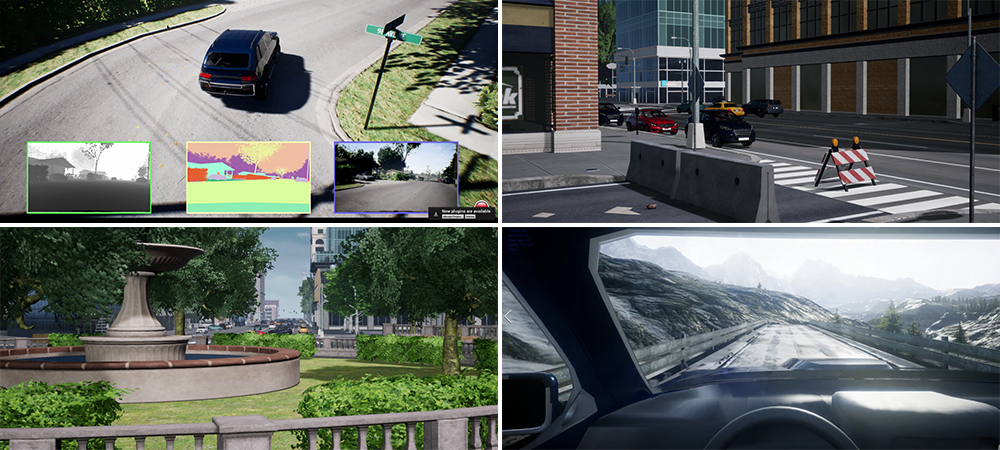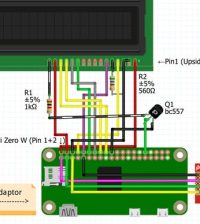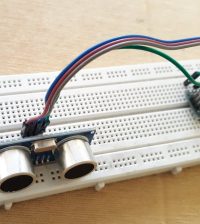- makeITcircular 2024 content launched – Part of Maker Faire Rome 2024Posted 2 weeks ago
- Application For Maker Faire Rome 2024: Deadline June 20thPosted 2 months ago
- Building a 3D Digital Clock with ArduinoPosted 7 months ago
- Creating a controller for Minecraft with realistic body movements using ArduinoPosted 7 months ago
- Snowflake with ArduinoPosted 8 months ago
- Holographic Christmas TreePosted 8 months ago
- Segstick: Build Your Own Self-Balancing Vehicle in Just 2 Days with ArduinoPosted 8 months ago
- ZSWatch: An Open-Source Smartwatch Project Based on the Zephyr Operating SystemPosted 9 months ago
- What is IoT and which devices to usePosted 9 months ago
- Maker Faire Rome Unveils Thrilling “Padel Smash Future” Pavilion for Sports EnthusiastsPosted 10 months ago
Microsoft’s AirSim Now Includes Car Simulation

Earlier this year, Microsoft open-sourced “AirSim” (Aerial Informatics and Robotics), a high-fidelity system, for testing the safety of artificial intelligence systems.
Microsoft’s Artificial Intelligence-based research project now includes car simulation which will further help advance the research and development of self-driving vehicles.
According to Ashish Kapoor, Principal Researcher at Microsoft, the latest AirSim version is available now on GitHub as an open-source, cross-platform offering.
“The new version of AirSim includes car simulations, new environments, APIs to ease programming and ready-to-run scripts to jump start your research,” Kapoor posted.
AirSim comes with a detailed 3D urban environment that includes a variety of diverse conditions, including traffic lights, parks, lakes and construction sites. Users can test their systems in several types of neighbourhoods, including downtown, semi-urban, vegetation and industrial environments.
“You can create an environment for your specific needs, such as a city or rural road, or choose from a variety of environments available online, and then simply drop in the AirSim plugin to test your self-driving algorithms in that environment.”
AirSim extensibility also allows researchers and developers to incorporate new sensors, vehicles or even use different physics engines. In future releases, Microsoft aims to add new sensors, better vehicle physics, weather modeling and even more detailed realistic environments.















